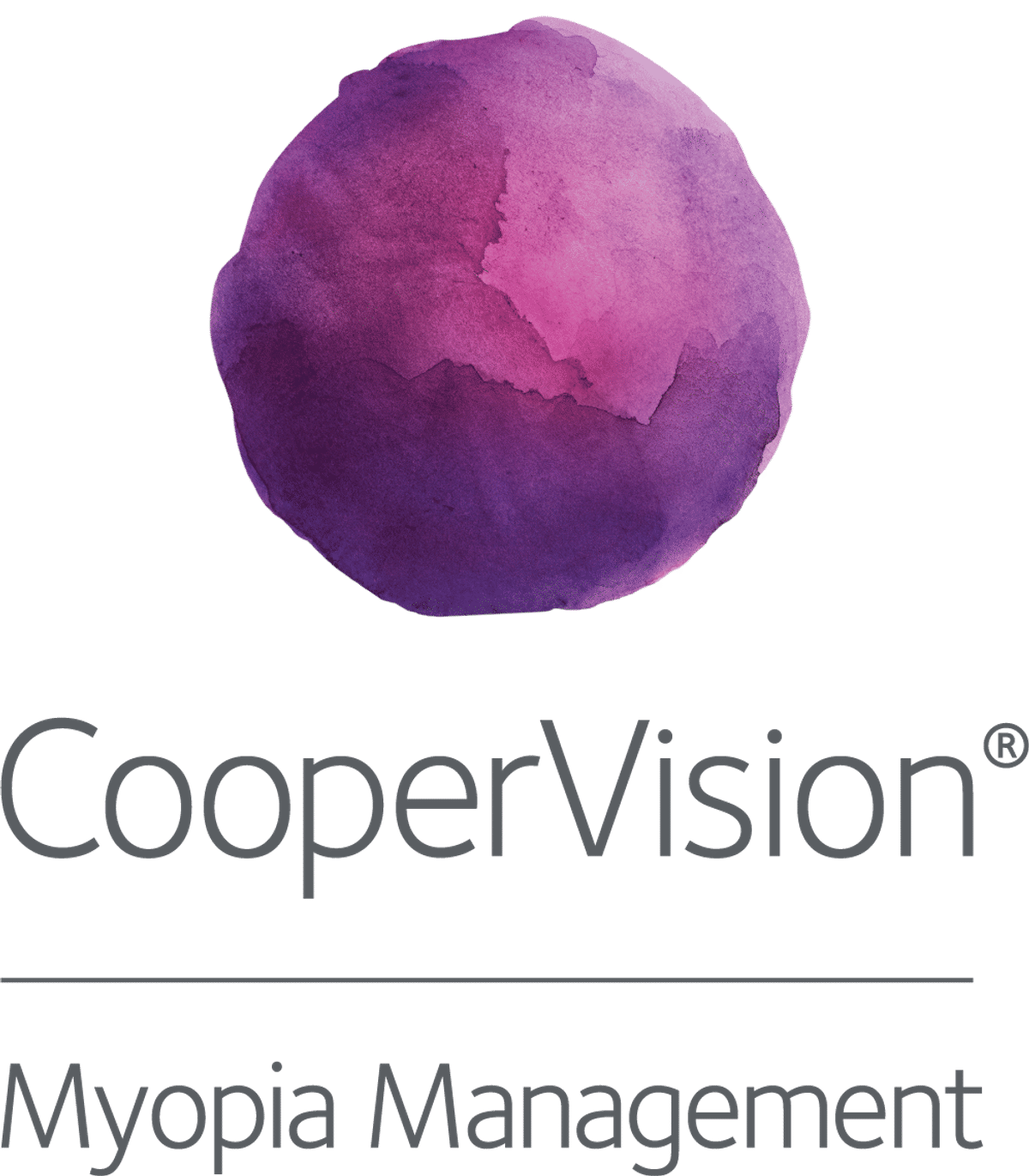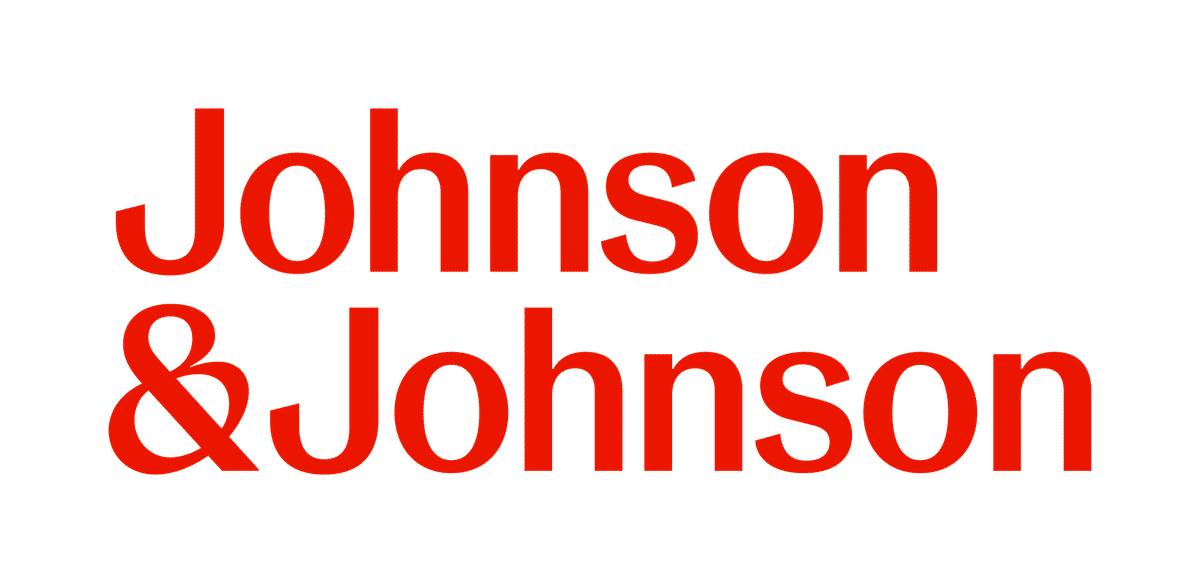Science
Axial elongation and risk factors for high myopia in young adults

In this article:
This prospective cohort study followed young adults with non-pathologic high myopia for three years. Axial elongation averaged 0.03 mm per year, with risk factors including axial asymmetry and younger age. The study also explored the protective benefits of antiglaucoma medications against axial elongation.
Paper title: Progression Patterns and Risk Factors of Axial Elongation in Young Adults With Nonpathologic High Myopia: Three-Year Large Longitudinal Cohort Follow-Up
Authors: Kangjie Kong, Jingwen Jiang, Peiyuan Wang, Yunhe Song, Fengbin Lin, Fei Li, Xinbo Gao, Xiaoyi Liu, Ling Jin, Zhenyu Wang, Yuhong Liu, Meiling Chen, Kyoko Ohno-Matsui, Jost B Jonas, Shida Chen, Xiulan Zhang; GLAUCOMA SUSPECTS WITH HIGH MYOPIA STUDY GROUP
- Laboratory of Ophthalmology, Zhongshan Ophthalmic Center, Sun Yat-sen University, Guangdong Provincial Key Laboratory of Ophthalmology and Visual Science, Guangdong Provincial Clinical Research Center for Ocular Diseases, Guangzhou, China.
- Department of Ophthalmology and Visual Science, Tokyo Medical and Dental University, Bunkyo-ku, Japan.
- Department of Ophthalmology, Medical Faculty Mannheim, Heidelberg University, Mannheim, Germany; Institute of Molecular and Clinical Ophthalmology Basel, Basel, Switzerland.
- Laboratory of Ophthalmology, Zhongshan Ophthalmic Center, Sun Yat-sen University, Guangdong Provincial Key Laboratory of Ophthalmology and Visual Science, Guangdong Provincial Clinical Research Center for Ocular Diseases, Guangzhou, China.
- Laboratory of Ophthalmology, Zhongshan Ophthalmic Center, Sun Yat-sen University, Guangdong Provincial Key Laboratory of Ophthalmology and Visual Science, Guangdong Provincial Clinical Research Center for Ocular Diseases, Guangzhou, China.
Date: Nov 2024
References: Kong K, Jiang J, Wang P, Song Y, Lin F, Li F, Gao X, Liu X, Jin L, Wang Z, Liu Y, Chen M, Ohno-Matsui K, Jonas JB, Chen S, Zhang X; GLAUCOMA SUSPECTS WITH HIGH MYOPIA STUDY GROUP. Progression Patterns and Risk Factors of Axial Elongation in Young Adults With Nonpathologic High Myopia: Three-Year Large Longitudinal Cohort Follow-Up. Am J Ophthalmol. 2024 Nov;267:293-303
Summary
Axial elongation in adulthood is a critical factor in the progression from high myopia to pathologic myopia. Previous studies have characterised the axial length progression patterns in highly myopic patients, but have failed to exclude eyes with pathological myopia. Hence, the progression patterns and risk factors of non-pathologic cases are poorly understood.
This prospective cohort study followed 563 young adults (1043 eyes) with non-pathologic high myopia over a mean of 30.2 months to investigate rates of axial elongation and associated risk and protective factors. Participants were aged 18–50 years and had high myopia without posterior staphyloma or advanced macular changes.
Key findings were as follows:
- Average axial elongation was 0.03 mm per year, with 11.7% of eyes showing >0.1 mm/year elongation (severe), and 28.1% showed no axial growth over the follow-up period.
- Baseline axial length of ≥ 28 mm, axial asymmetry (≥ 1 mm interocular difference), age under 40 years, and female sex were all independently associated with faster axial elongation.
- Use of topical antiglaucoma medications, primarily prostaglandin analogues, was associated with a 75% reduction in axial elongation (from 0.04 mm to 0.01 mm/year).
What does this mean for my practice?
This study provides new evidence that axial elongation can continue into young adulthood in individuals with non-pathologic high myopia, with an average progression of 0.03 mm per year. Age (<40 years), female sex, longer baseline axial length (≥ 28 mm), and particularly axial asymmetry between eyes (≥ 1 mm difference) are all meaningful risk factors for faster progression. While it is conventionally thought that in eyes with axial asymmetry, the longer eye at baseline progresses faster; the results of this study indicate that even the sorter eye is at risk. Both eyes should be monitored closely and with equal caution if axial asymmetry is noted.
This study also highlights a potential role for antiglaucoma medications, such as prostaglandin analogues, in slowing axial elongation. Treated eyes showed a 75% reduction in elongation compared to those without treatment. While this is not yet an established intervention for myopia control, these findings warrant further investigation.
What do we still need to learn?
This study provides valuable insight into axial elongation in adult high myopia. However, there are some limitations.
The follow-up period of approximately 30 months was relatively short. Longer-term studies are needed to determine whether progression continues beyond this time and at what rate. The sample population consisted exclusively of Chinese adults, which limits the generalisability of findings to other ethnicities and geographic regions.
While this study provides early evidence that anti-glaucoma medication may slow axial elongation, these findings are currently only observational and the mechanisms by which antiglaucoma medications may affect axial growth remain speculative.
A randomised controlled trial is underway and will be essential to confirm the potential of intraocular pressure-lowering therapy as a treatment strategy for myopia progression in adulthood.
Abstract
Purpose: To investigate the progression patterns and risk factors of axial elongation in young adults with nonpathologic high myopia.
Design: Prospective, clinical observational cohort study with 2- to 4-year follow-up.
Methods: A total of 1043 eyes of 563 participants (3515 medical records) aged 18 to 50 years with nonpathologic high myopia (axial length [AL] ≥ 26 mm; myopic maculopathy < diffuse chorioretinal atrophy; without posterior staphyloma) were included from 1546 participants (6318 medical records). Annual axial elongation was calculated via linear mixed-effect models. The associated risk factors of axial elongation were determined by ordinal logistic regression analysis, with generalized estimate equations for eliminating an interocular correlation bias.
Results: Based on 5359 times of AL measurements, the annual axial elongation of participants (mean [SD] age 31.39 [9.22] years) was 0.03 mm/year (95% confidence interval [CI], 0.03-0.04; P < .001) during a 30.23 (6.06) months’ follow-up. Severe (>0.1 mm/year), moderate (0.05-0.09 mm/year), mild (0-0.049 mm/year), and nil (≤0 mm/year) elongation was observed in 122 (11.7%), 211 (20.2%), 417 (40.0%), and 293 (28.1%) eyes. The following risk factors were significantly associated with axial elongation: baseline AL ≥ 28 mm (odds ratio [OR], 4.23; 95% CI, 2.95-6.06; P < .001); age < 40 years (OR, 1.64; 95% CI, 1.18-2.28; P = .003); axial asymmetry (OR, 2.04; 95% CI, 1.26-3.29; P = .003), and women (OR, 1.52; 95% CI, 1.13-2.2.05; P = .006). Using antiglaucoma medications was a protective factor (OR, 0.46; 95% CI, 0.27-0.79; P = .005), which slowed 75% of axial elongation from 0.04 (0.06) to 0.01 (0.06) mm/y (P < .001).
Conclusions: Axial elongation continued in young adults with nonpathologic myopia. Risk factors included longer baseline AL and axial asymmetry, younger age, and woman. Topical use of antiglaucoma medications may be useful to reduce ongoing axial elongation [Link to abstract]
Meet the Authors:
About Ailsa Lane
Ailsa Lane is a contact lens optician based in Kent, England. She is currently completing her Advanced Diploma In Contact Lens Practice with Honours, which has ignited her interest and skills in understanding scientific research and finding its translations to clinical practice.
Read Ailsa's work in the SCIENCE domain of MyopiaProfile.com.
Enormous thanks to our visionary sponsors
Myopia Profile’s growth into a world leading platform has been made possible through the support of our visionary sponsors, who share our mission to improve children’s vision care worldwide. Click on their logos to learn about how these companies are innovating and developing resources with us to support you in managing your patients with myopia.












